Soft Cover Children’s Books: 5 Options to Enhance Durability
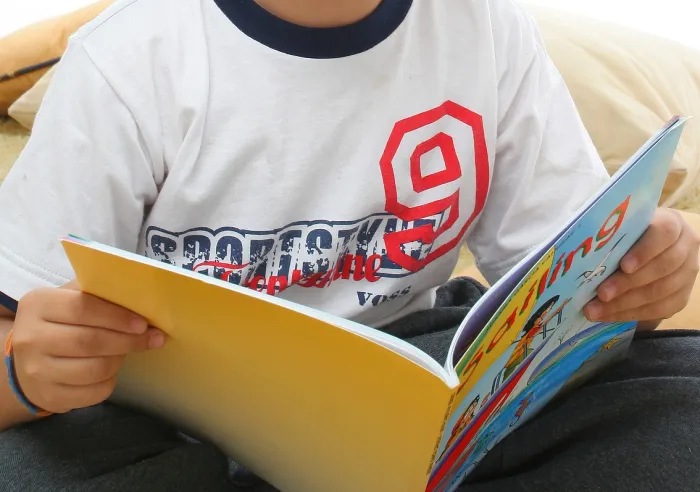
estimated reading time: 6 minutes
The majority of Children's Books are created with hardcover
binding. This is because the rigidity of a hard cover helps a book withstand
rough handling by children. However, the higher cost of hardcover books will often
exceed the dollar amount many Children's Book authors have budgeted for their project.
Compared to hardcover books, softcover books are much more
economically priced. Though often viewed as being less durable, softcover books
can be enhanced with various features to boost their durability and extend
their longevity.
By implementing some or all of the recommendations outlined below,
you can substantially increase the durability of your softcover Children's Book
project...
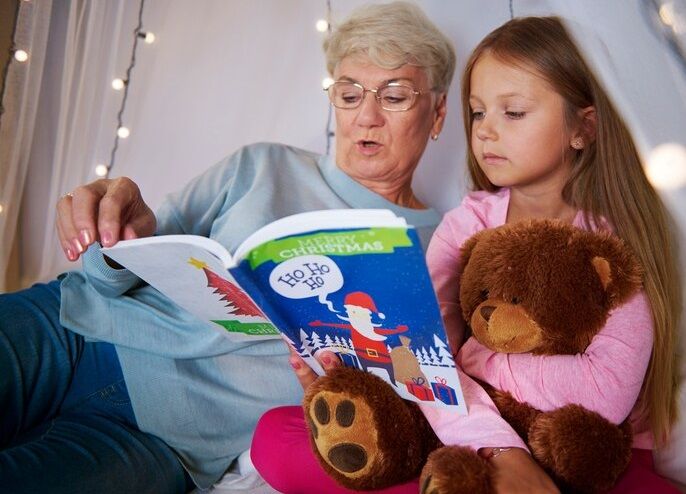
1. Use PUR Binding Adhesive
The manufacturing process for softcover books involves applying
a strong adhesive to the spinal edge of a book's page block and then affixing it
within a one-piece wraparound cover. The adhesive bonds the cover and pages
together at the spine. After the adhesive cures, the three open sides of the
book are neatly trimmed, creating edges that are clean and straight.
There are two primary types of hot-melt adhesives used to
bind softcover books - Polyurethane Reactive (PUR) and Ethylene Vinyl Acetate
(EVA). PUR is a high-performance adhesive that outperforms traditional Ethylene
Vinyl Acetate binding glue.
PUR has significantly better adhesion than EVA and bonds
securely to virtually all printing substrates, including heavy cardstocks and recycled
paper, as well as glossy stocks like UV-coated or laminated sheets.
PUR offers lasting durability and remains strong and
flexible, even when an open book is pressed down firmly or the book is opened
very wide. Plus, it is almost impossible to pull pages out of a softcover book bound
with PUR.
As such, PUR is the perfect binding adhesive for children's books,
which are often subject to the yanking of pages and other rough handling. Equally
important, PUR is safe and non-toxic.
2. Upgrade to a Heavier Cover Stock
The cover of a book performs many functions. It provides the
book's title and author information, it attracts attention through the use of color
and design, and it adds structural integrity to the book.
However, the primary function of a book's cover is to
protect the interior pages. The cover shields the pages from incurring physical
damage and helps to preserve the book's condition over time.
Since softcover books are made with a cover formed from printed
cardstock, you will almost always have a choice regarding which thickness of cardstock
to use. Naturally, if your goal is to enhance the book's durability, you should
choose one of the thicker cardstocks offered by your printing company.
Though the standard cover weight for a softcover book intended
for use by adults may be 10pt (.010"), a softcover book intended for children
should be thicker, such as 12pt (.012") or .14pt (.014"). Needless to say, a
thicker cover will resist more wear and tear than a thinner cover, allowing the
book to hold up better over time.
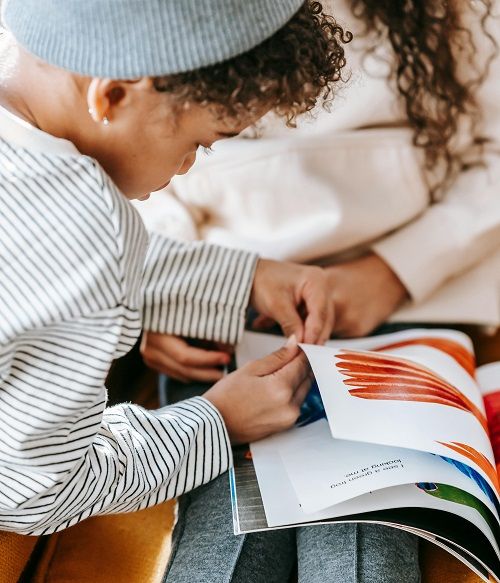
3. Choose Thicker Paper for the Interior Pages
Choosing a thicker weight of paper for the interior pages follows
the same reasoning as using a heavier stock for the cover - it will stand up
better to frequent use and extend the book's lifespan.
Though a book geared toward adults might commonly use a 60#
or 70# paper stock for its pages, the pages of children's books should be thicker,
such as 80# or 100#.
Thicker paper will provide more resistance to creasing, crumpling,
and other forms of damage that might occur when the book's pages are handled by
young children.
Of course, thicker paper is also stiffer. This can actually make
it easier for small hands to grip and turn the pages without accidentally
tearing them. Also, since most children's books are image-heavy, thicker pages
will help prevent pictures and designs from showing through to the other side.
In addition to using a thicker paper for the pages, it is
also recommended that the paper be a gloss coated stock. A gloss coated stock will
not only enhance the vibrancy of the ink colors on each page, it will also add
some resistance to dirt, smudges, and moisture.
4. Apply a UV Coating or Laminate to the Cover
When it comes to extending the life of a softcover children's
book, a durable top coat applied to the cover is one of the most commonly
chosen options. This is because a UV coating or Laminate will add a tough and resilient
layer of protection to the book.
A UV coating is a polymer resin, applied in liquid form and then
cured under UV light. It dries very hard and protects the ink and substrate from
scuffs and scratches. Though not exactly waterproof, a UV coating will provide some resistance to light spills.
UV coatings are available in gloss, matte, and soft touch
finishes. Of these three finish choices, gloss is by far the most popular choice
for children's books. The slick surface of a gloss UV not only provides more
stain resistance than its matte and soft touch counterparts, it yields a glass-like
shine that really makes the ink colors "pop."
A Laminate refers to a thin plastic film that is bonded to
the printing. Like a UV coating, laminate films are available with a gloss,
matte, or soft touch finish. Also, just like with the UV coating, the gloss finish
is the most popular laminate choice for the covers of children's books because
of its slick feel, ultra-high sheen, and ability to make ink colors more deep
and vibrant.
A laminate film offers the ultimate protection to the cover
of a book. The surface is waterproof and spills and grime can be easily wiped
off. Since it is made of plastic, the laminate film is extremely durable and
wear-resistant. Laminates are available in a variety of thicknesses, including 1.5mil,
3mil, 5mil, and 10mil.
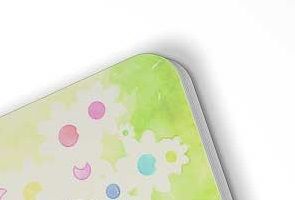
5. Round the Corners
Books with standard square corners have the potential to snag
on objects or fabric, causing the corners to become bent or frayed. However, rounding
the corners of a softcover book's cover and pages reduces the chance that the
corners will become damaged from frequent use.
Rounded corners also distribute impact forces more evenly should
a book be dropped or thrust against something. The curvature of a rounded corner minimizes the stress on any
single point and prevents the cover and pages from becoming dog-eared and unsightly.
In addition to maintaining the professional appearance of a
book, rounded corners also minimize the risk of a child being bumped by a sharp
corner. Plus, the gentler lines provided by rounded corners can make a book more
inviting and visually pleasing to young children, thus enhancing the reading
experience.
Are you looking to print Children's Books that are both durable and affordable?
Hardcover books are a popular choice for children's books
because they are durable and long-lasting. However, the hardcover format is rather
expensive to produce.
Though not as hard-wearing, softcover books have long been the
affordable alternative to hardcover books. Fortunately, by implementing some or
all of the options outlined above, you can increase the durability of your softcover
children's book project. By the way, these options will also enhance the perception
of quality to a parent or other adult who is purchasing your book for a child.
Color Vision has been printing and binding all types of
books for decades, so if you are looking for affordable printing services be
sure to get in touch with us.
Just give us a call at 800-543-6299 and we will be
happy to discuss your project. Or, use our easy Quote Request form to
submit your specifications and we will send you a quote by email.
One more thing, because PUR adhesive is far superior to
traditional EVA adhesive, Color Vision uses PUR exclusively in its softcover
binding process. Even though we give you all the benefits of PUR, there is no
additional charge for it.
As always, we hope to hear from you soon and look forward to assisting with your printing
and binding needs!
Related Articles

Perfect Bound Book Printing: Tips for getting the Best Value
Read This Article

How Much Does It Cost to Have Books Printed?
Read This Article
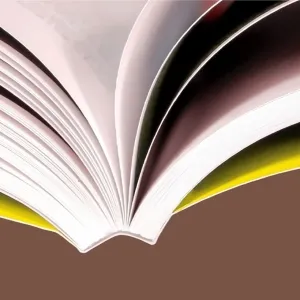
PUR Bound Books: 7 Types of Books that call for PUR Binding
Read This Article

Perfect Bound Books: Exploring the Perfect Binding Process
Read This Article